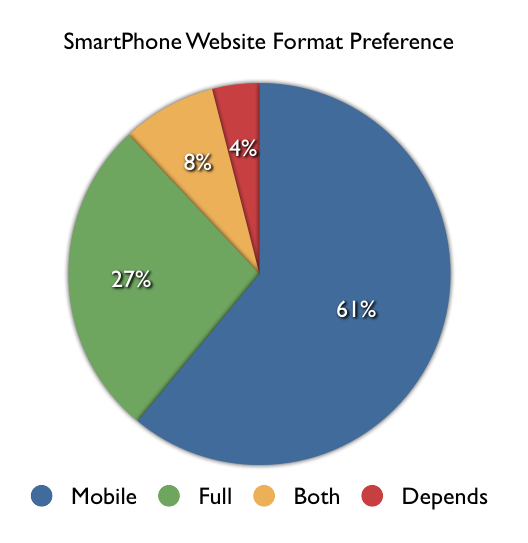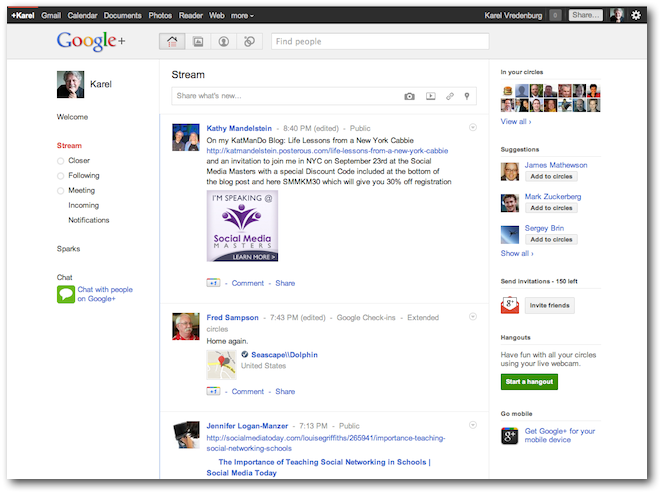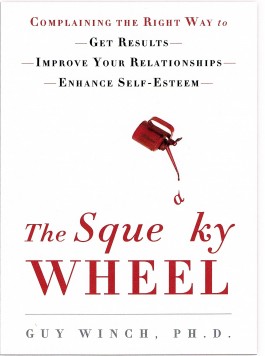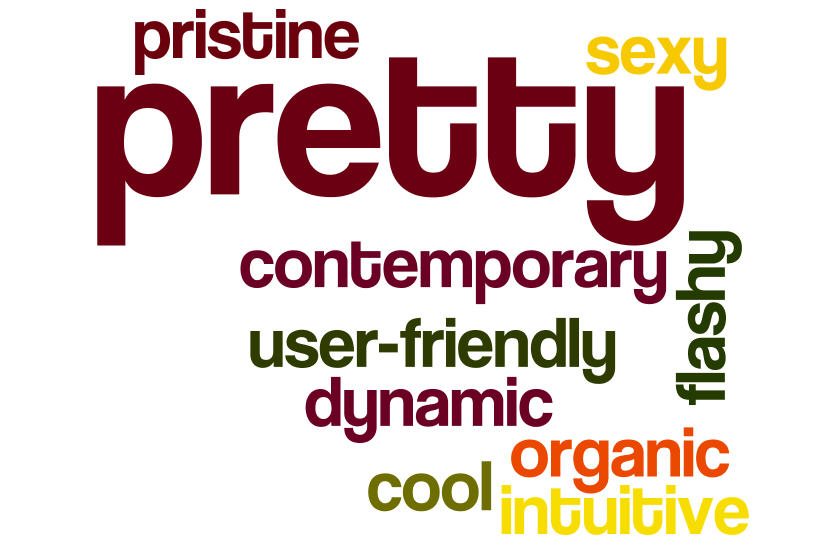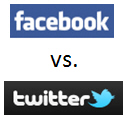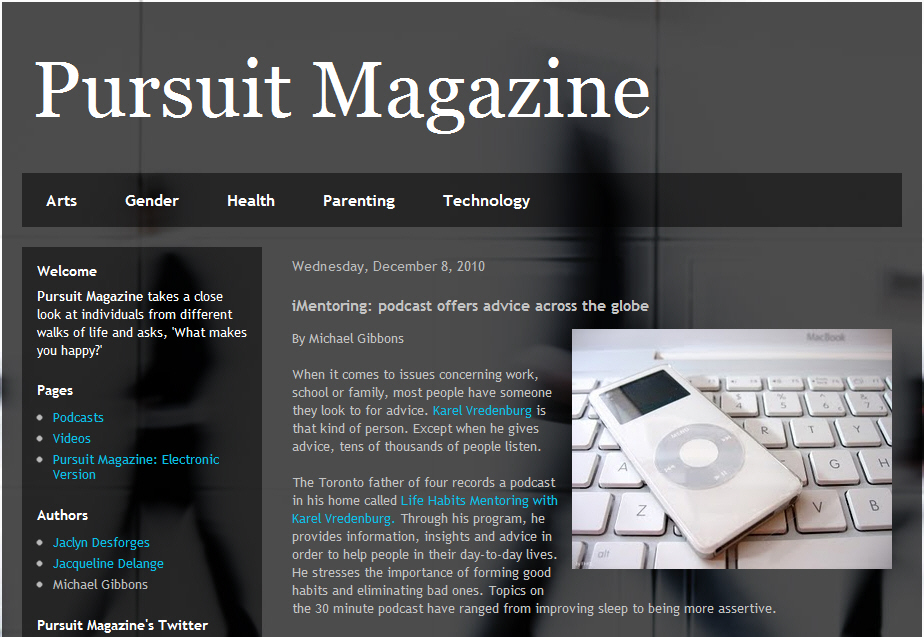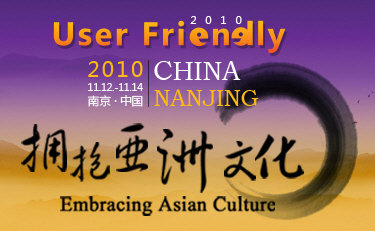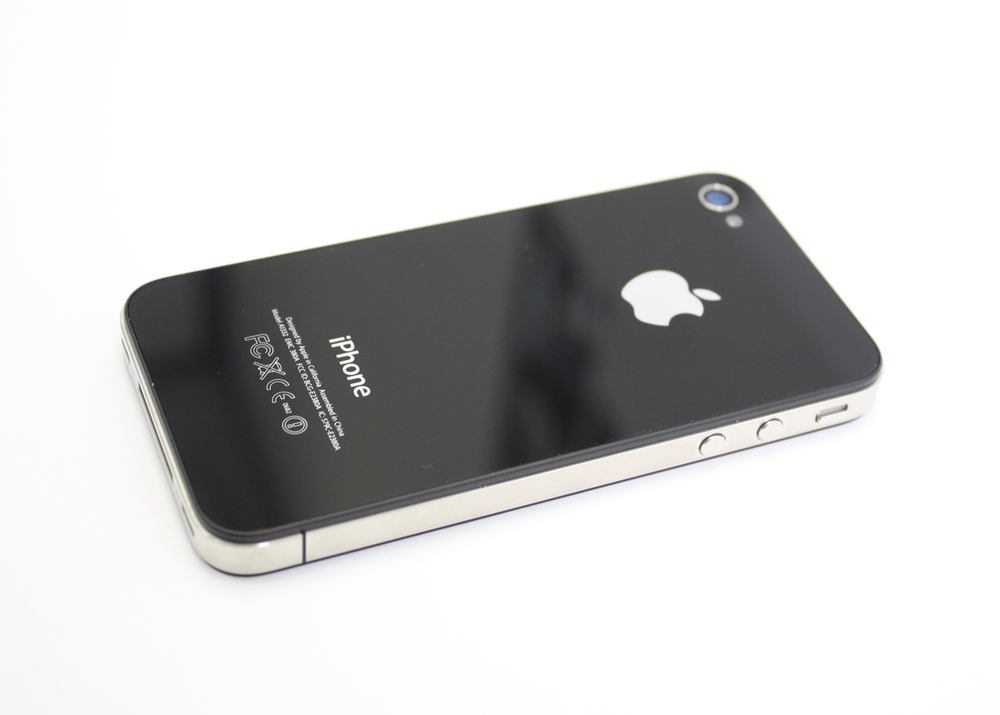I always like to use a product for a while before providing my perspectives on it here. I've had the iPhone 4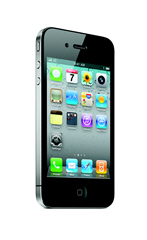 for a few weeks now and would like to share some thoughts I have on it. The buying experience was an interesting one. Much like what happened with the Nintendo Wii and other recent products from Apple as well, it is very difficult to actually give your money to these companies. Due to a combination of high demand and not enough product getting into the supply chain, potential customers have to put their names on waiting lists with their carrier and call regularly to check to see if their name is getting near the top of the list. Alternatively, potential customers could stand in long lines outside of an Apple store and hope they had enough stock to last to where you're standing in line. Of course, this increases the anticipation and generates significantly greater free advertising for Apple given the buzz of friends talking about it and the press covering. In my case, I gave up on the waiting list as my name didn't seem to be moving because the store wasn't getting any iPhone 4 32G units virtually at all. Instead, I went to a large store and made my case to get a unit and that worked.
for a few weeks now and would like to share some thoughts I have on it. The buying experience was an interesting one. Much like what happened with the Nintendo Wii and other recent products from Apple as well, it is very difficult to actually give your money to these companies. Due to a combination of high demand and not enough product getting into the supply chain, potential customers have to put their names on waiting lists with their carrier and call regularly to check to see if their name is getting near the top of the list. Alternatively, potential customers could stand in long lines outside of an Apple store and hope they had enough stock to last to where you're standing in line. Of course, this increases the anticipation and generates significantly greater free advertising for Apple given the buzz of friends talking about it and the press covering. In my case, I gave up on the waiting list as my name didn't seem to be moving because the store wasn't getting any iPhone 4 32G units virtually at all. Instead, I went to a large store and made my case to get a unit and that worked.
I've said it here before but I absolutely love the getting started experience with Apple products in general but especially so with mobile products. The box is elegant and you don't actually want to throw it away and it seems like such a shame. Once you plug the iPhone into your computer with iTunes, you get prompted as to whether you'd like to restore the new phone with the old phone content. After you accept that prompt, the system spends some time copying over the content to the new phone and when that's done, you're all set! Compare that to the experience with a computer, any computer!
When you turn on the iPhone 4 to use it for the first time, you're struck by the incredible beauty and legibility of the 326 pixels per inch "Retina" display. Photographs are amazing to view on it and text is too. You wouldn't think that a high resolution display would make that much difference for text but for a display this size it really does. It's easier on the eyes and everything else you look at after getting used to the iPhone 4 just looks low quality. The increased speed of the processor is also noticeable and makes the unit highly responsive and apps feel like they have an instant on capability. The 5 mega-pixel camera is phenomenal and creates stunning photos. The HD movie recording and editing capability is also outstanding. The HDR feature looks interesting but I haven't figured out how to combine the resulting individual shots into a single HDR one. I'm sure it says how somewhere but this is an instance where Apple hasn't in my view done enough to make the experience seamless and intuitive. The front-facing camera is an interesting feature too if you intend to use FaceTime, the in the phone video-conferencing facility. I use video conferencing at work and with friends daily, almost hourly, on my computer. I think I would use FaceTime but right now its use is restricted to other people who have iPhone 4s and also WiFi. If it integrated with something like Skype, I would use it all the time but as it stands now, I've never even been able to try it. Apple advertises the fact that the iPhone 4 supports multitasking but of course this is the capability they built into iOS4 which also runs on previous generations of iPhones. I've written here in a previous post what I think of iOS4's multitasking user interface so I won't repeat it here other than to say that the multitasking capability is useful but the user interface elements to control it are definitely not.
With the new capabilities of the iPhone 4 and the apps I now use regularly, I'm finding that my iPhone is becoming a true computer for me. I can deal with work and personal email, text messaging with my kids, friends, and colleagues, write my blog and moderate comments for it, search for a buy stock images, buy domain names, create and manage my to-do lists, write short documents, view presentations, work with my calendar, work with Facebook, Twitter, and LinkedIn, get directions and navigation instructions, check my flights, check the weather forecast, do my banking, track my investments, work with my fitness trainer, read books, watch movies, take and edit photographs and movies, determine how much products cost in other stores, test my hearing, read the newspaper, listen to and/or watch podcasts, have Skype sessions, play games, and, make phone calls. Given all those tasks, it's kind of strange that it is called a phone. I find it absolutely amazing that we have this much power and utility in our pockets and that is such a joy to use, look at, and feel.
 She and Kathryn Britton recently published a great new book "Smarts and Stamina: The Busy Person's Guide to Optimal Health and Performance". My intereview with Marie-Josée covers a subset of the material in the book and includes advice to sleep all you need, to eat by design, to "do a mini", to not make it a big production, and to exercise on company time. I love how practical the advice is that she shares, the way she explains foundational concepts, the examples she provides, how she practices what she preaches, and how she clearly is living proof of the efficacy of the approach. Marie-Josée also knows of what she speaks in that she has a degree in Organizational Behavior from McGill University, a Master of Applied Psychology from University of Pennsylvania, and she's also certified as a Personal Trainer and is a Certified Nutrition and Wellness Consultant.
She and Kathryn Britton recently published a great new book "Smarts and Stamina: The Busy Person's Guide to Optimal Health and Performance". My intereview with Marie-Josée covers a subset of the material in the book and includes advice to sleep all you need, to eat by design, to "do a mini", to not make it a big production, and to exercise on company time. I love how practical the advice is that she shares, the way she explains foundational concepts, the examples she provides, how she practices what she preaches, and how she clearly is living proof of the efficacy of the approach. Marie-Josée also knows of what she speaks in that she has a degree in Organizational Behavior from McGill University, a Master of Applied Psychology from University of Pennsylvania, and she's also certified as a Personal Trainer and is a Certified Nutrition and Wellness Consultant. 
